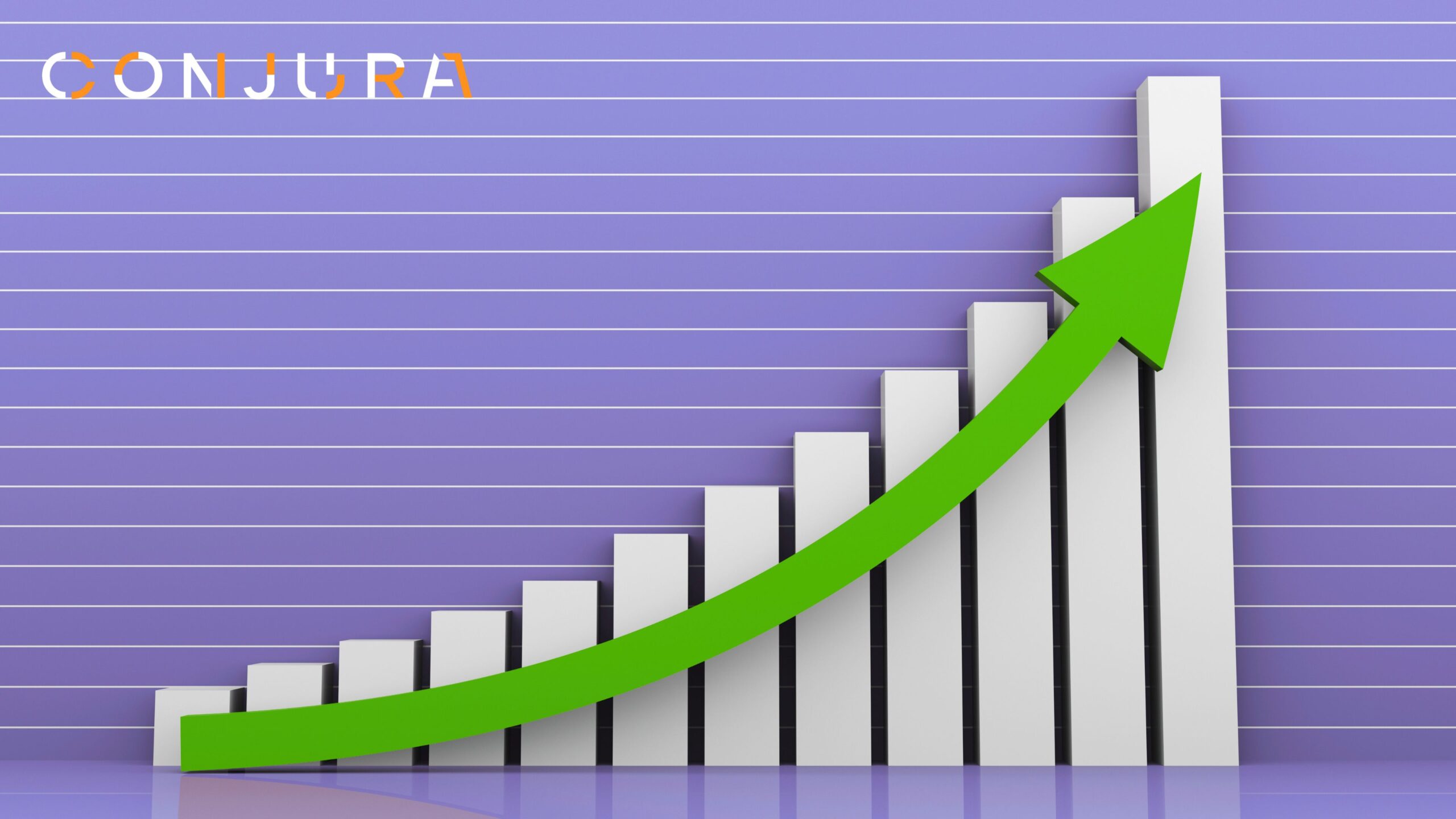Start your free trial today in three easy steps
- Step 1Connect your ecomm platform
- Step 2Add your Analytics
- Step 3Sync your Advertising accounts

8 min read
The million-dollar question? How much is each customer actually worth to your business over time? Lucky for you, there’s actually a term for this: Customer Lifetime Value (LTV) or (CLV)

6 min read

9 min read
